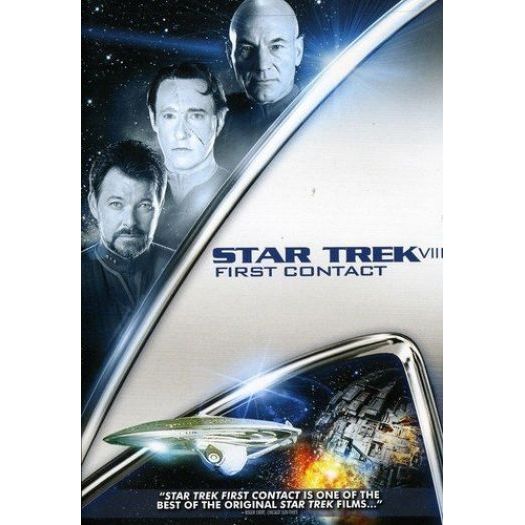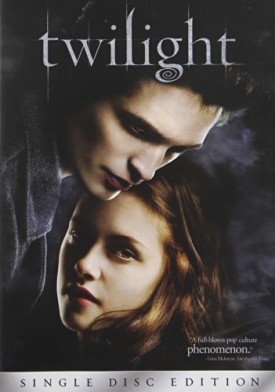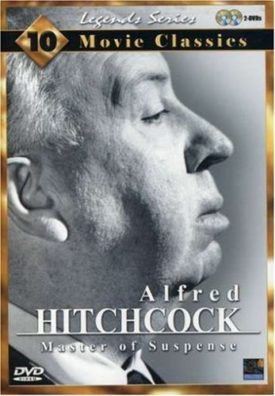Star Trek VIII: First Contact (DVD)
Other Marketplace Price: $17.99Sale Price:$10.49
- Ships Same Day.
- FREE Shipping (U.S. Delivery).
- International Shipping (See Shipping Chart Below).
1 in stock
| Shipping US FREE SHIPPING |
FREE Shipping! |
|---|---|
| Shipping US Expedited 2-3 Day |
US Shipping: $14.99 Unlimited Items. |
| Shipping Canada |
Canada Shipping: Flat $34.99. |
| Shipping Int'l Standard | International Shipping: $64.99 Worldwide. |
| Shipping Local Pick Up |
FREE Local Pick Up in Store |
Star Trek VIII: First Contact (DVD)







 Item is New Stock.
Item is New Stock. 
![Medal of Honor - 6-Part Documentary Series - Tin [DVD] [2012] Medal of Honor - 6-Part Documentary Series - Tin [DVD] [2012]](https://cdn.nokomisbookstore.com/wp-content/uploads/2020/07/51G-FWQajQL-275x461.jpg)
![2007 Allstate 400 at the Brickyard [DVD] [2007] 2007 Allstate 400 at the Brickyard [DVD] [2007]](https://cdn.nokomisbookstore.com/wp-content/uploads/2023/03/dvd-7-10-2018-3-275x390.jpg)
![The Andy Griffith Show (Contains 5 Episodes) [DVD] [2012] The Andy Griffith Show (Contains 5 Episodes) [DVD] [2012]](https://cdn.nokomisbookstore.com/wp-content/uploads/2022/07/IX-IPDH-3JVC-275x385.jpg)

